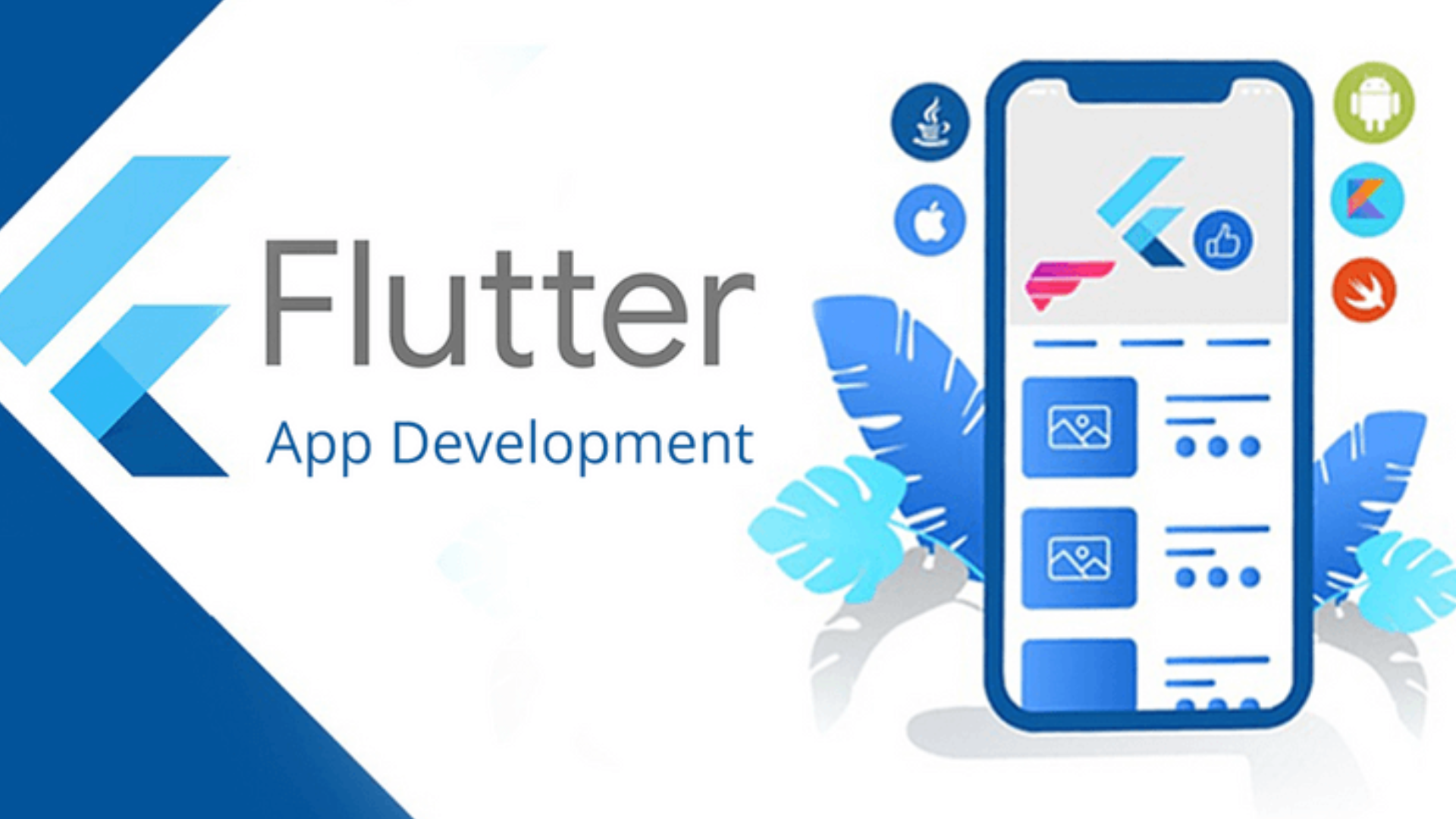Welcome to the world of Dart and Flutter! Whether you are a seasoned developer who wants to expand their skillset or a beginner excited about diving into app development, you have come to the right place. In this guide, we will teach you everything from scratch in Dart – the language behind Flutter – so that you can become an expert in mobile application development using Flutter.
Section 1: Getting Started with Dart
1.1 About Dart: Learn where it came from, what its syntax looks like and which features it offers.
1.2 Setting Up Your Environment: Install the Dart Software Development Kit (SDK) and set up your integrated development environment (IDE).
1.3 Hello World!: Write your first program in Dart that introduces concepts such as variables, data types and functions.
1.4 Control Flow: Learn how to manipulate the flow of your programs by mastering control flow statements such as if-else, switch-case and loops.
Section 2: Foundations of Dart
2.1 Object-oriented programming (OOP): Classes, objects, inheritance, polymorphism, interfaces etc.
2.2 Collections: Working with lists (arrays), sets and maps; manipulating them effectively
2.3 Error Handling: Error handling mechanisms in dart – try-catch-finally block; throw statement etc.
2.4 Asynchronous Programming: Understand the idea of asynchronous programming in Dart using async, await, and Future to write code that doesn’t block.
Section 3: Introduction to Flutter
3.1 What is Flutter?: Find out what Flutter is, why it has advantages over other frameworks and libraries, and why developers are so excited about it.
3.2 Setting Up Your Flutter Environment: Install the Flutter SDK and set up your environment for developing Flutter apps.
3.3 Flutter Widgets: Learn about widgets – the building blocks of a Flutter app – and how to use them to create beautiful UIs.
3.4 Navigation and Routing: Discover how to navigate between screens (or “pages”) and manage routes in a Flutter app.
3.5 State Management: Find out different ways of managing state in your app more efficiently with less boilerplate code using various state management techniques available in the flutter framework like Provider, Riverpod etc..
Section 4: Building Your First Flutter App
4.1 Project Setup: Create a new Flutter project and get to know its file structure.
4.2 Designing UI : Use flutter widgets only for designing user interface of your app instead of Android XML layouts or iOS Storyboards which saves lot of time during development process but still same look on both platforms.
4.3 Adding Functionality : Write dart codes that implement required functionalities interactivity into our mobile application such as button click listeners etc…
4.4 Testing & Debugging : Test your app on emulators/simulators or real devices then debug it by fixing errors if any found until all issues are fixed successfully without crashing anymore then release an apk/ipa file build as per target platform(android/ios) used BlueStacks/XCode simulator respectively so this step should be followed during each iteration cycle until final stable version ready for production deployment purposes only!
4.5 Publishing Your App : Finally bring together everything built till now create signed release apk/ipa file, register a google developer account if not done yet then upload app on play store/apple app stores once uploaded share with friends, family members ask them to provide feedback about usability etc..
Conclusion:
Great job! You’ve finished the Introduction to Dart tutorial and are now ready to move on to Flutter development. Always keep in mind that learning Flutter and Dart is a process, so continue to explore new things, tinker around with code, and create incredible applications. Have fun coding!
